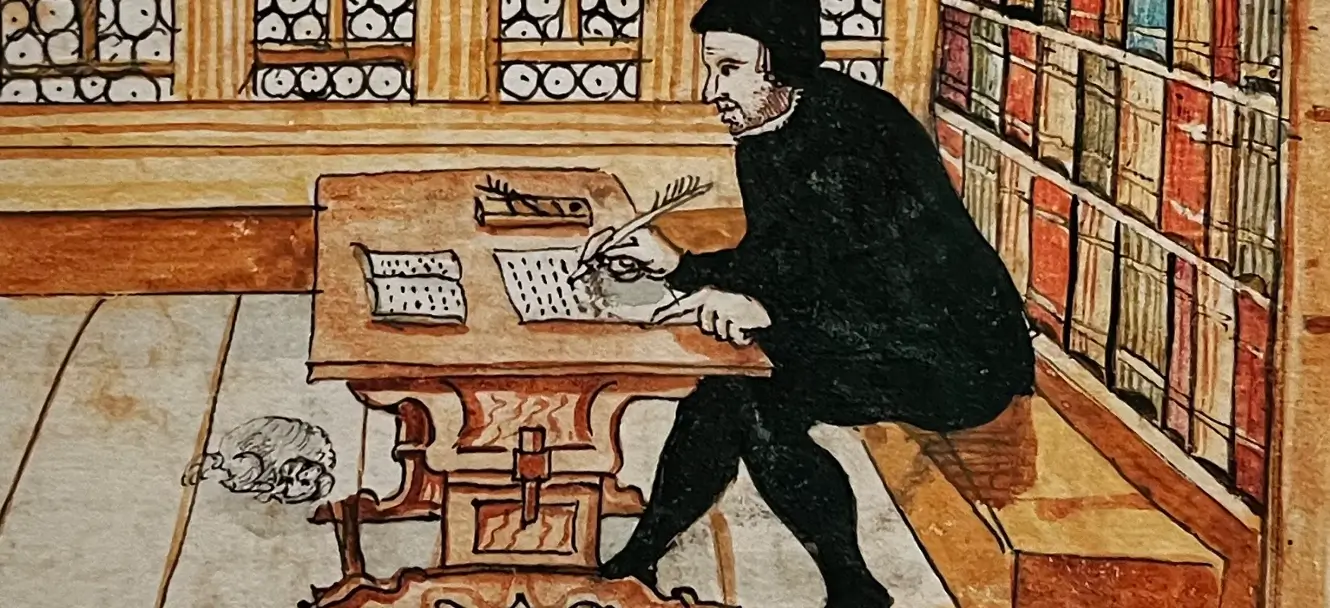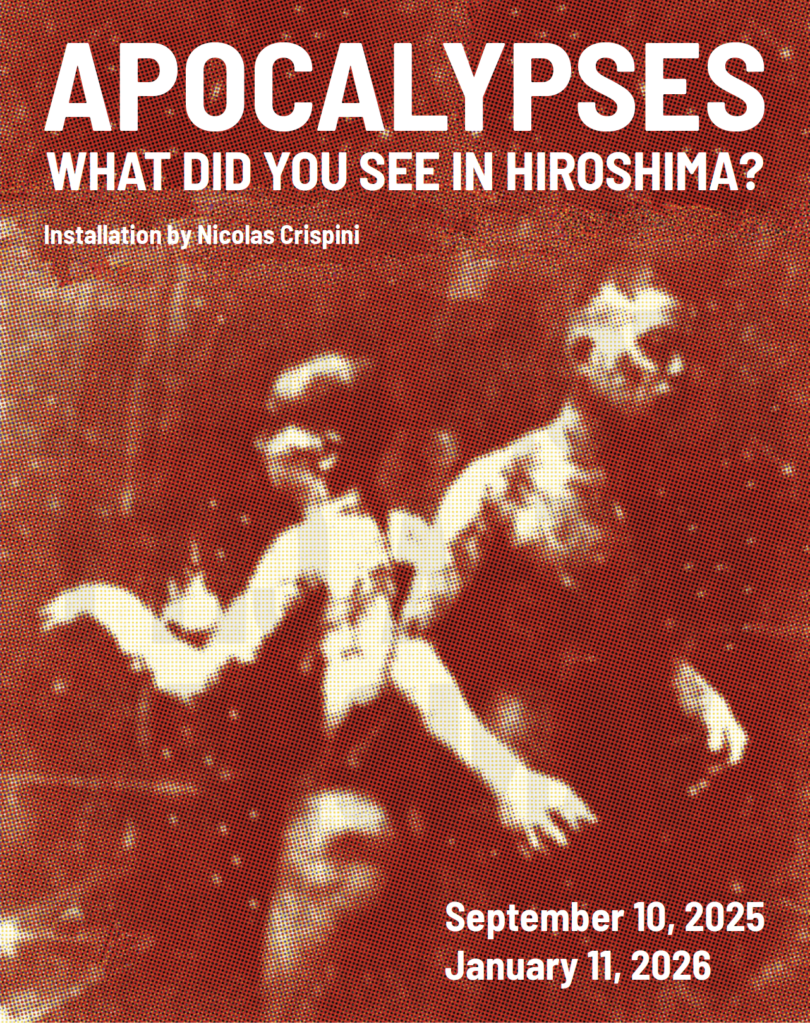Each wall reads like a page of a book. Interview with the scenographers
Scenographers of the new MIR, Simon de Tovar & Alain Batifoulier of Studio Tovar (Paris/Lille) work regularly in historical museums (Maison Victor Hugo, Museum of the History of Judaism, etc.) and have designed more than 200 exhibitions (Petit Palais, Museum of the Armies, Carnavalet Museum). Their combined creativity has completely renewed the museography of the MIR. Explanations.
What are the challenges of this new scenography?
Simon de Tovar: To evoke the history of the Reformation, with the rich and in-depth content available to the Museum, we proposed choosing themes. We want each question to be addressed through a diversity of objects. After analyzing the available space, the museum made a selection of pieces. The exhibited works now constitute the entry point to the visit, supported by different levels of reading and mediation.
Alain Batifoulier: We also had to reconcile respect for the building and the requirements of an exhibition in a cramped space, without distorting the Mallet house. We therefore proposed “floating rooms”, a sort of second skin on the walls. These removable structures which support display cases allow you to gain hanging surface. And this without damaging the historic parquet flooring, and while allowing a glimpse of the original woodwork. Maison Mallet was respected. The basement was completely stripped down to enlarge the spaces and make them brighter.
How did you build the progression?
AB: The Barbier-Muller collection was the centerpiece in the design of the route, its 140 documents could not be exhibited separately. We started from this challenge, by proposing a staging which is aimed at bibliophile enthusiasts and non-specialists alike. Then we chose the most appropriate room for this set, which defined the general circulation.
SdT: The journey is historical and thematic. We move through a very clear chromatic path which allows us to understand each change of universe. The itinerary is intended to be fun and attractive, while remaining coherent: the introductory blue is taken from Cranach's portrait of Luther, the red evokes the violence in the play about the wars of religion… Finally, the contrasts are numerous: we start like this with works from the 16th century, but at the end, the visitor finds himself faced with a very punchy video installation, which questions the notion of Reformation and protest.
How is each space read?
SdT: The scenography is graphic, structured by several levels of reading. A title tells us in which part we are, like in a book. For each theme, for example the expansion of Protestantism, we find actors, writings, practices, accompanied by quotes or illustrations which provide additional insight and a different understanding. Thematic texts offer a more in-depth reading, and with the cartels, a title for each piece. Each wall reads like a page of a book, the aim being to create a strong image in the visitor's memory.
AB: Our motto is “knowing how to make people watch”. We designed each room as an intimate space, accentuated by the presence of carpets. We wanted to create the atmosphere of a cabinet of curiosities, to communicate a feeling of privilege of being told something of the history of Protestantism. Each exhibited object resonates as an echo of a larger whole, and connects to others through fields of force. For example, the portraits of Luther and Calvin facing each other at the entrance create something very strong.
What freedom did the MIR offer you in your work?
<!– /wp:heading –>SdT: The inspiration for a place comes to us from the mind and the story told by the exhibition curator or the museum director. Gabriel de Montmollin brought us clear keys to understanding, and opened the doors to unconventional expression. It's quite rare and wonderful for us scenographers to be able to explore so many avenues on such a serious subject. In the end, everything we had dreamed of came true!
AB: The very rich collection of the MIR offered us a very interesting mix of objects to museograph. Usually, curators and historians draw up a list of pieces; here we were involved in the exchanges. These communications with the scientific committee and the museum team were fascinating and allowed us to all move in the same direction, a very good step.
Inclusivity is a central theme today,
how did you take it into account?
SdT: Mediation uses digital technologies on several levels: audio guides in ten languages and Braille, but also animated works, a digital map which illustrates the expansion of Protestantism, videos created by artists, etc.
This technological integration does not, however, come at the expense of the comfort of the visit or the subject covered. The challenge is to provide in-depth insight for some, an introduction to the subject for others. But we also wanted to avoid the visitor being permanently immersed in screens, which also invade us on a daily basis.
AB: The circulation of people with reduced mobility is considered throughout, whether by the height of the windows, the inclination of the texts, their size which must remain legible, their lighting. These are legal obligations, but also details to which we always pay close attention.
Filmed interview with the scenographers:

I make a bird for peace
On 21 September 2025, the International Museum of the Reformation joins the International Day of Pe...
RegistrationAll events






 Google Analytics & Pixel Facebook
Google Analytics & Pixel Facebook
